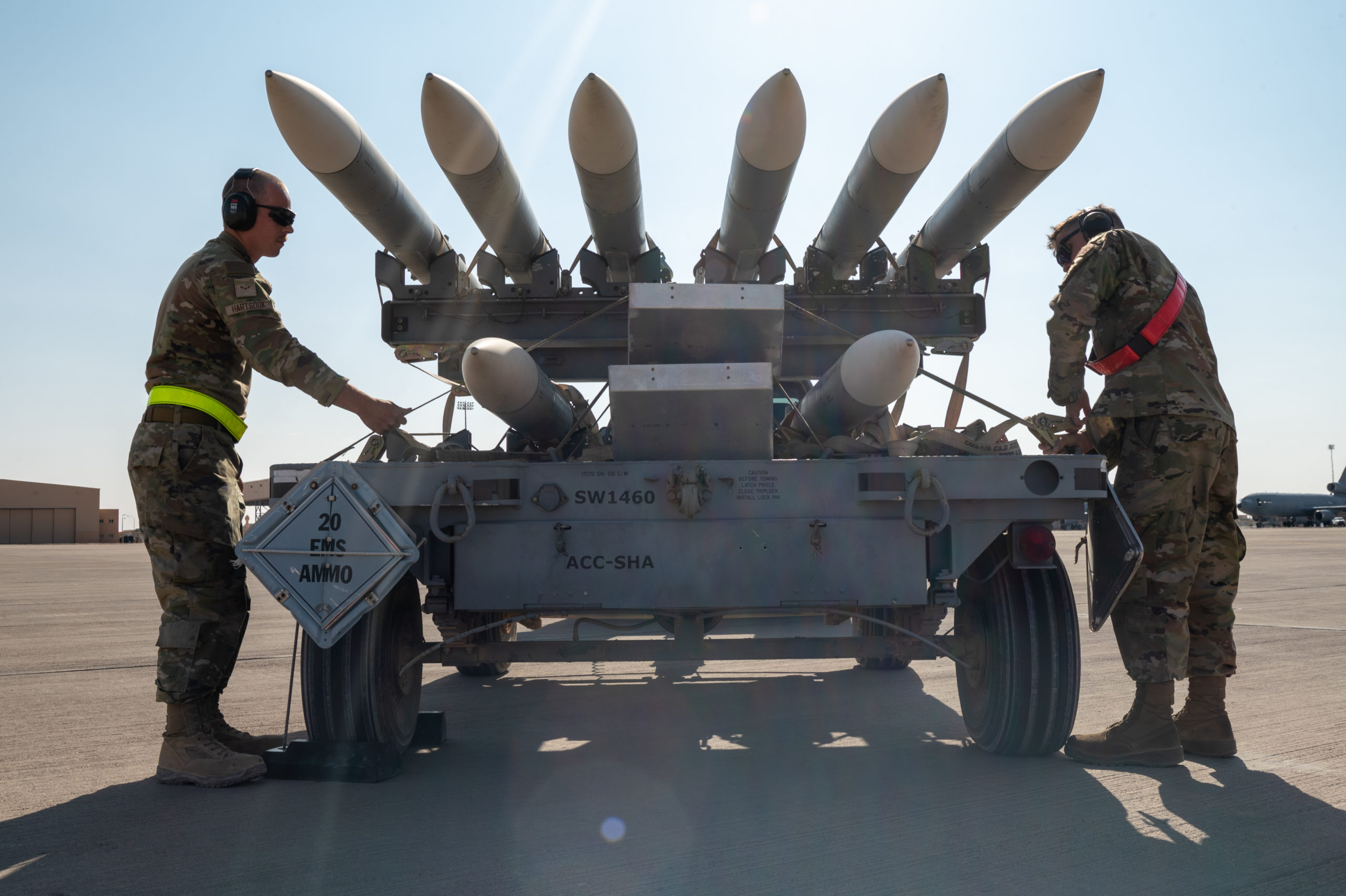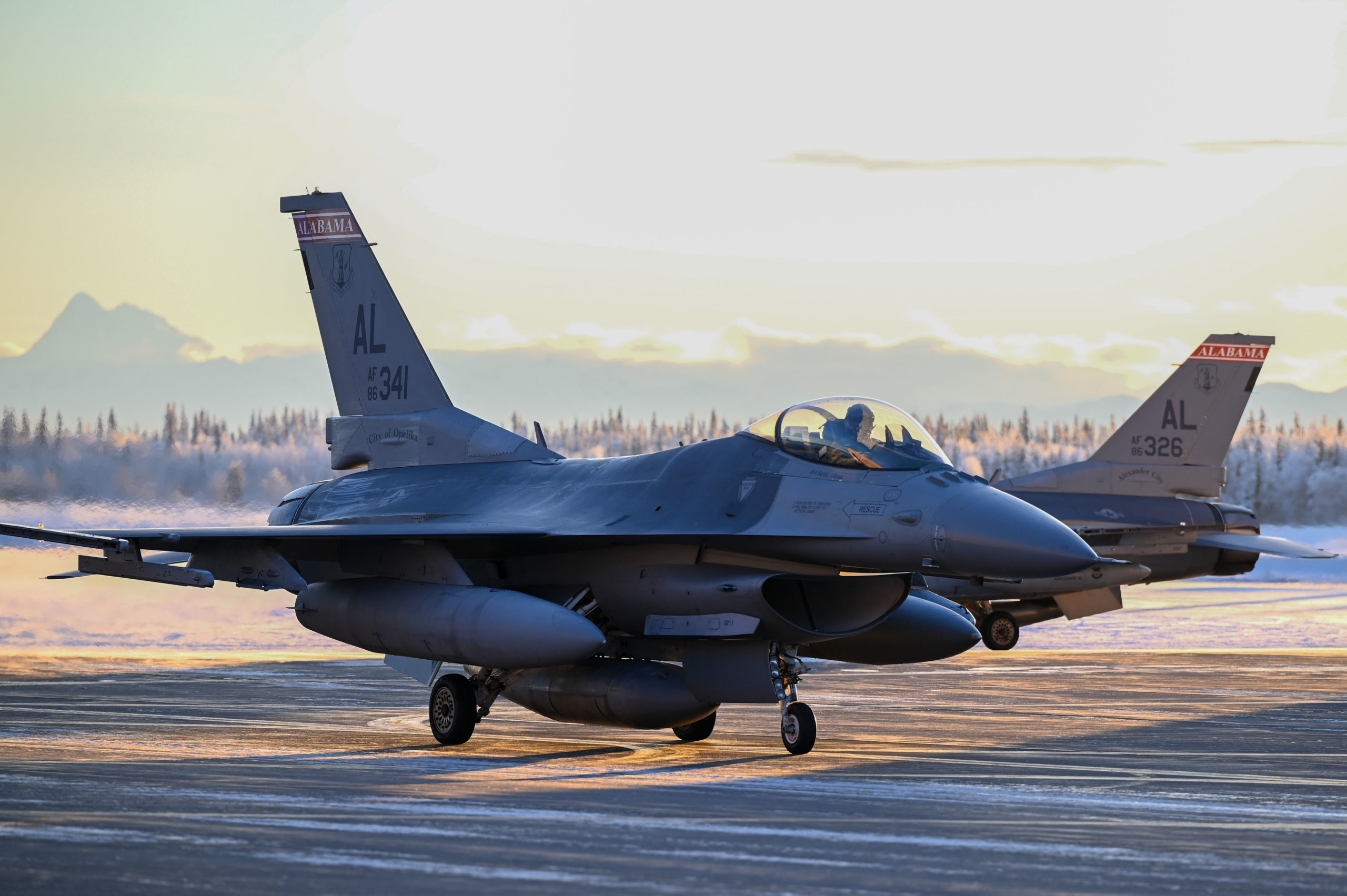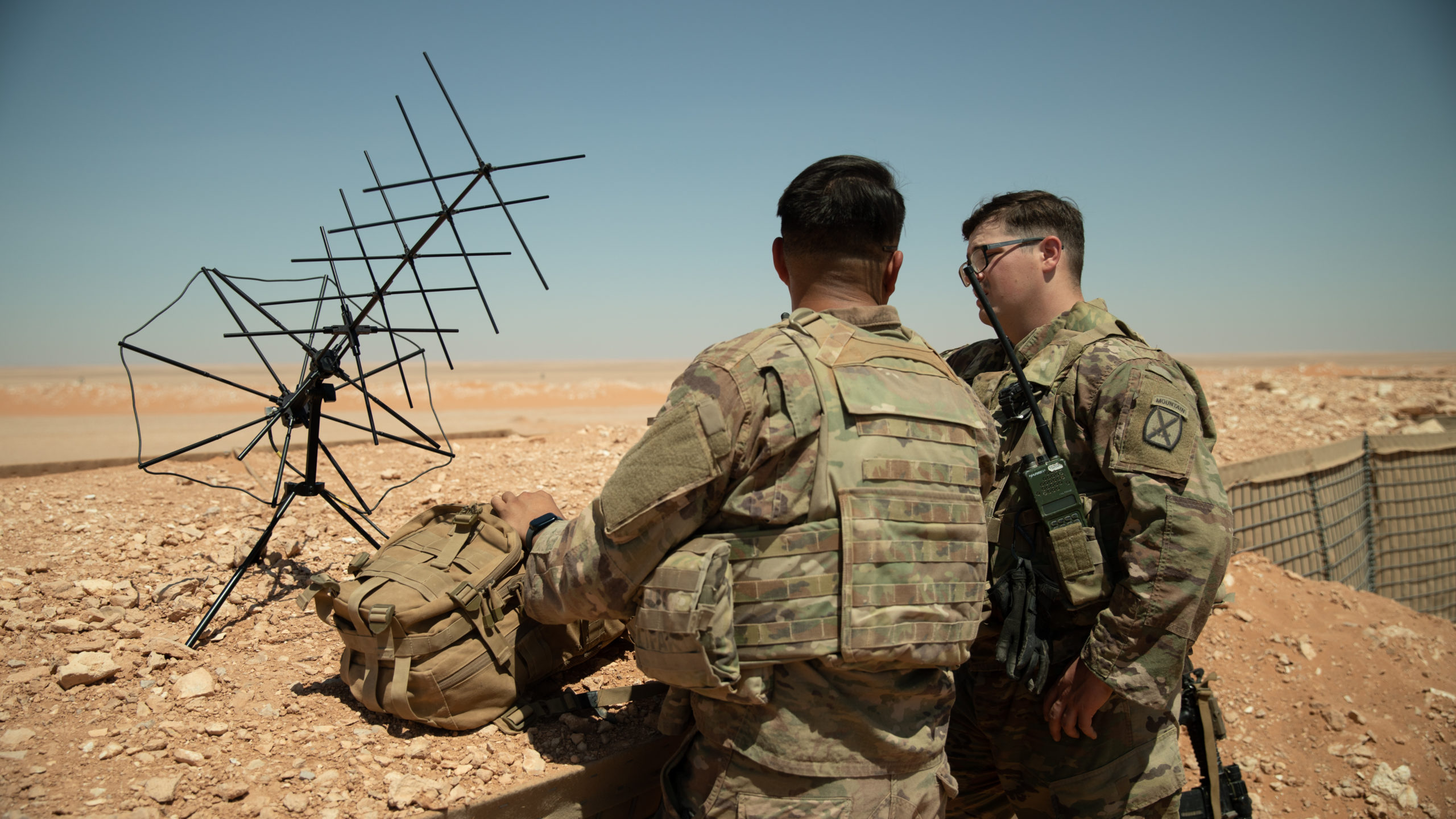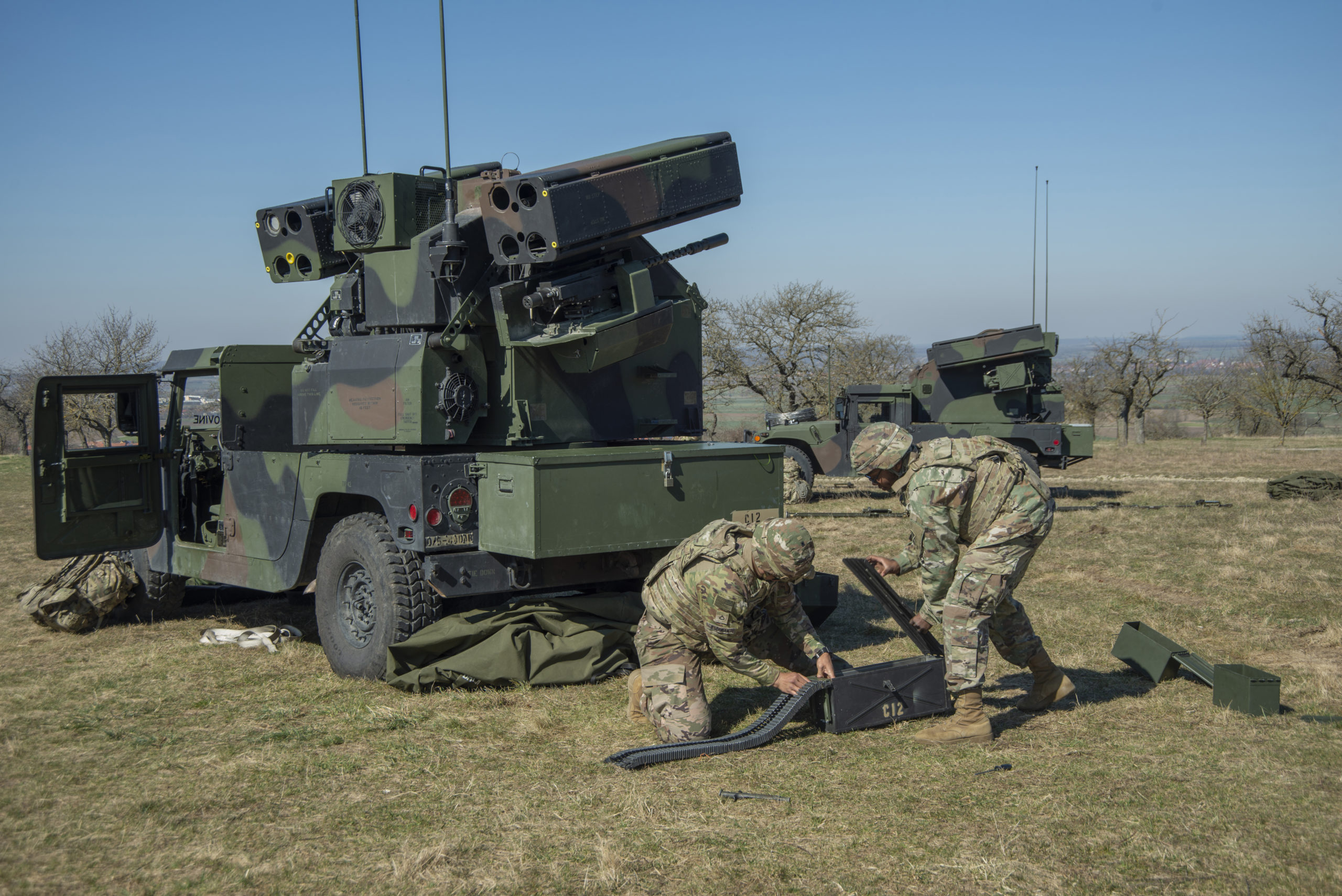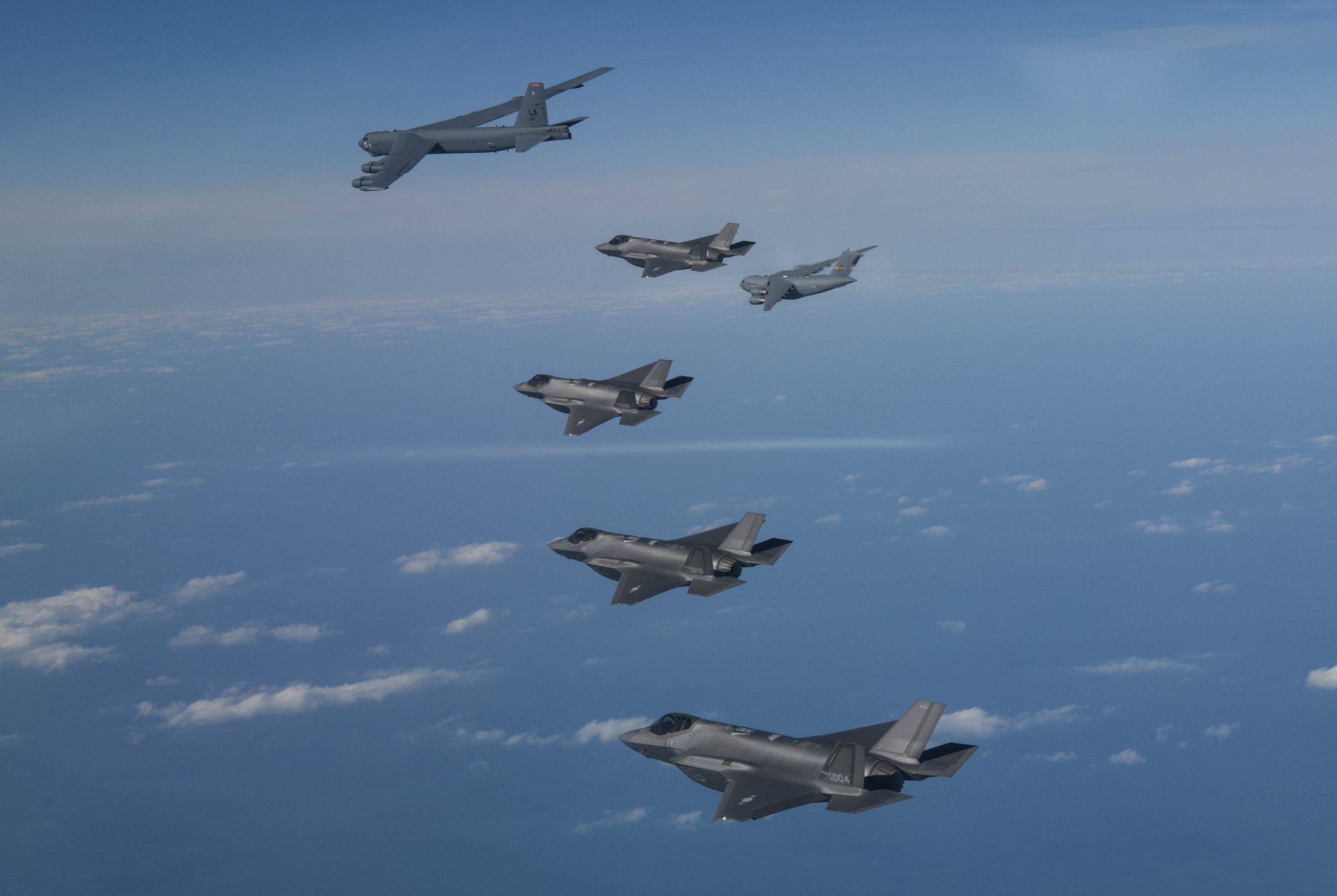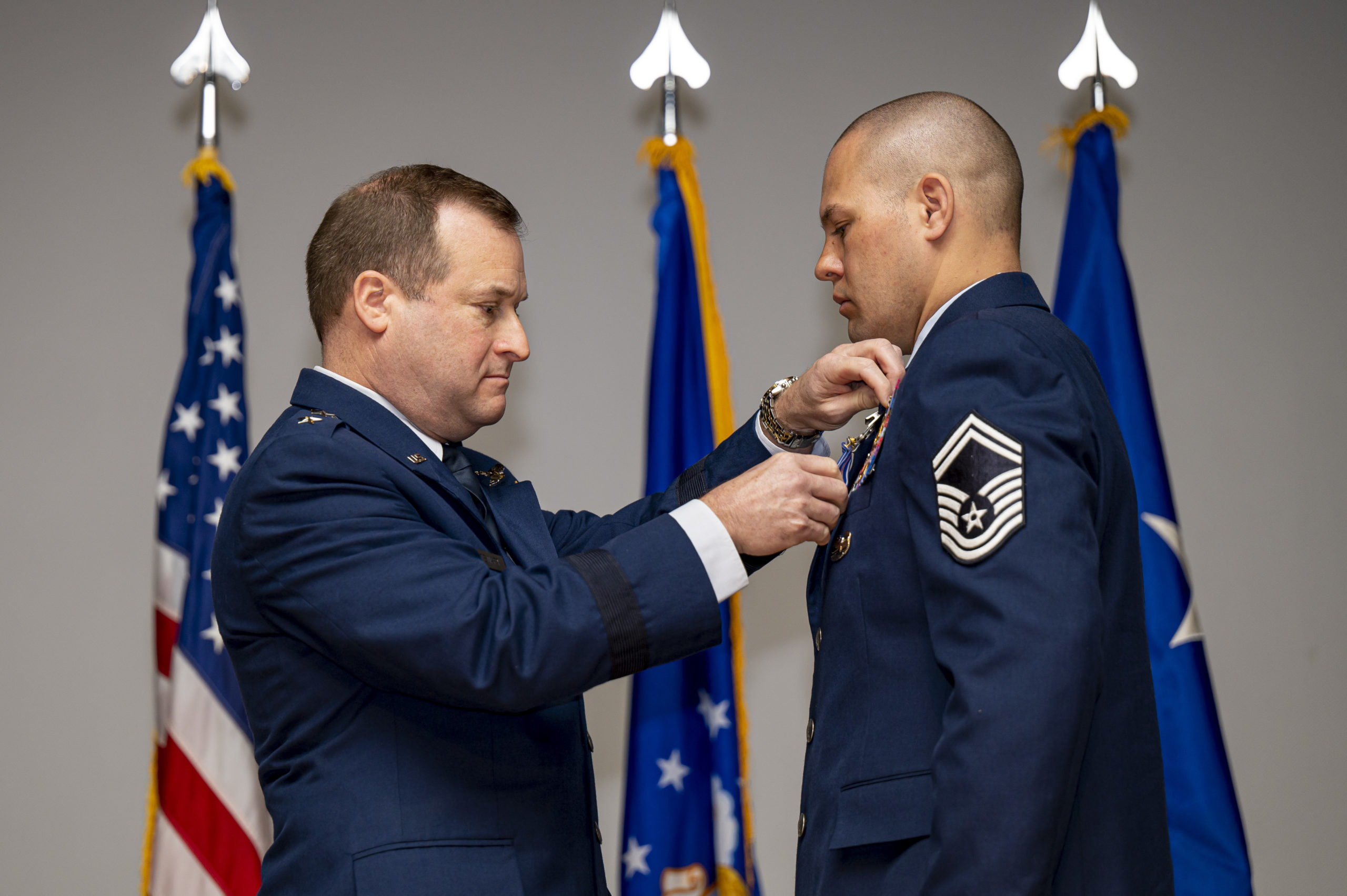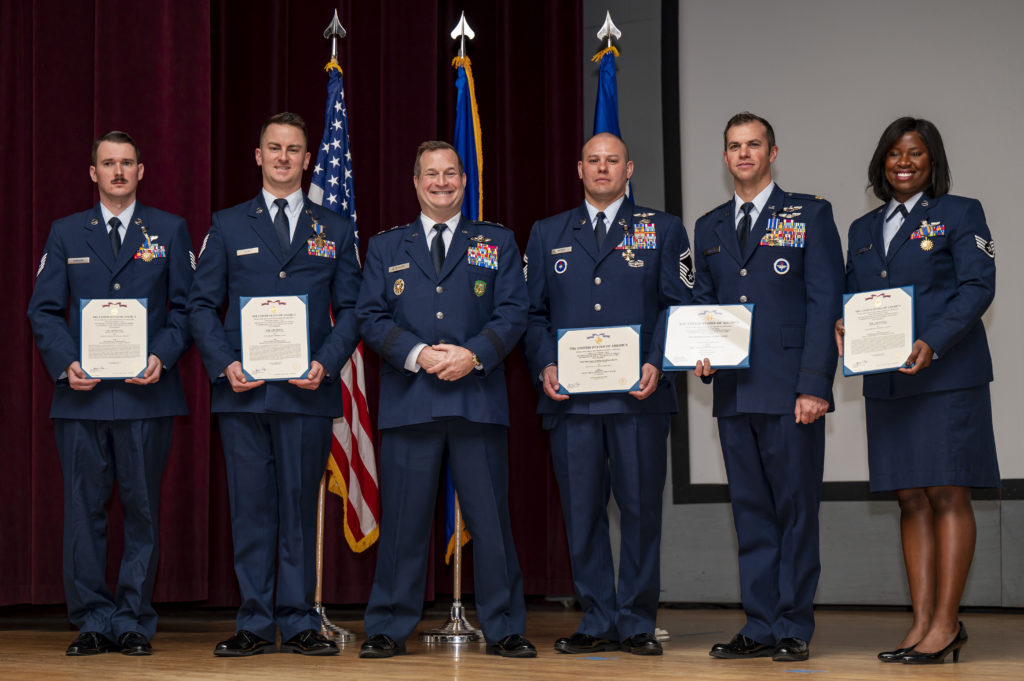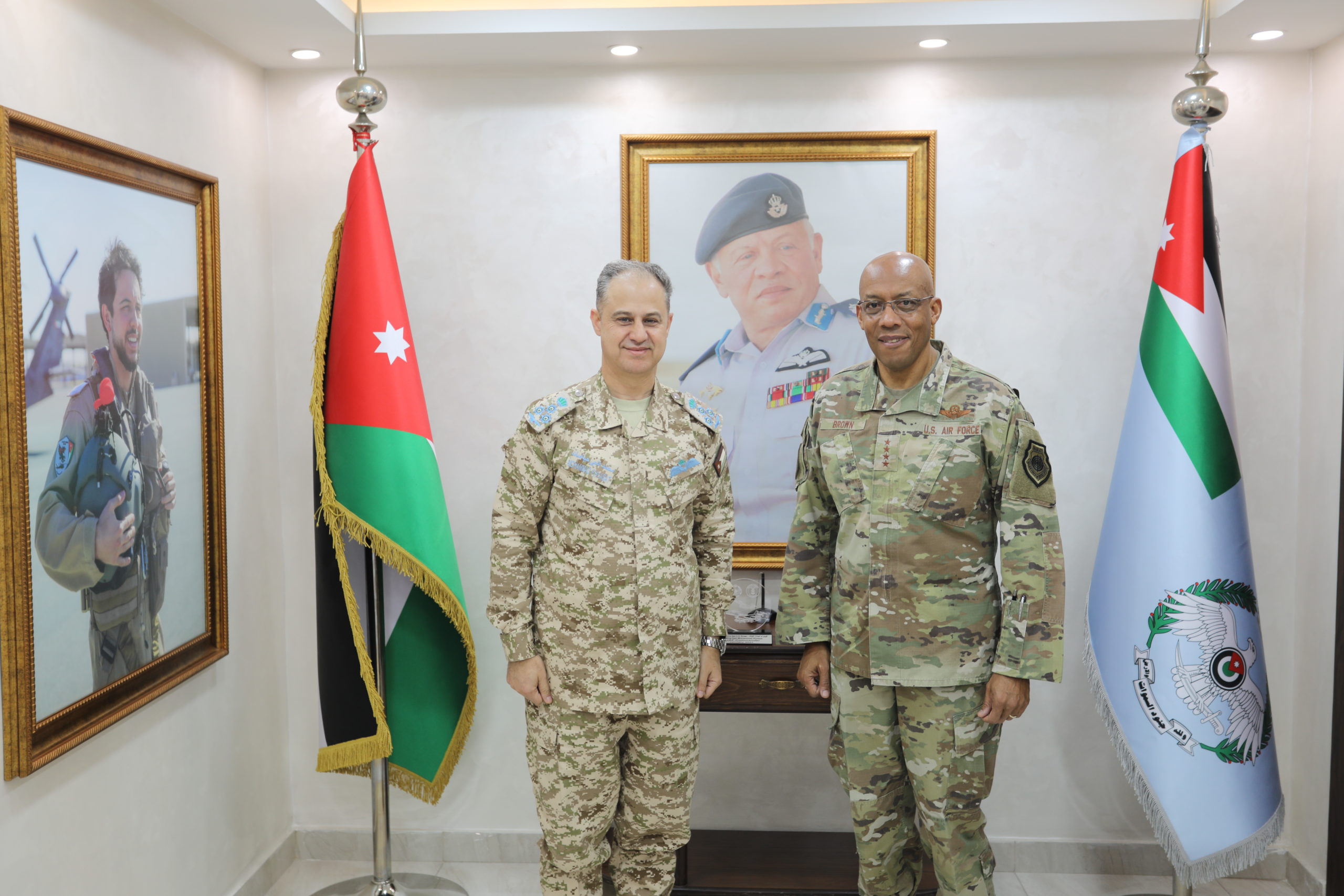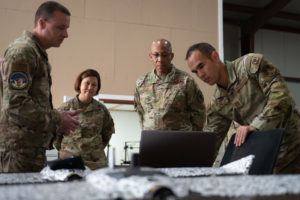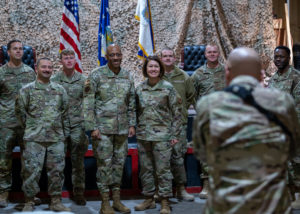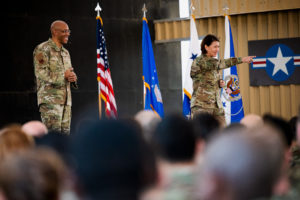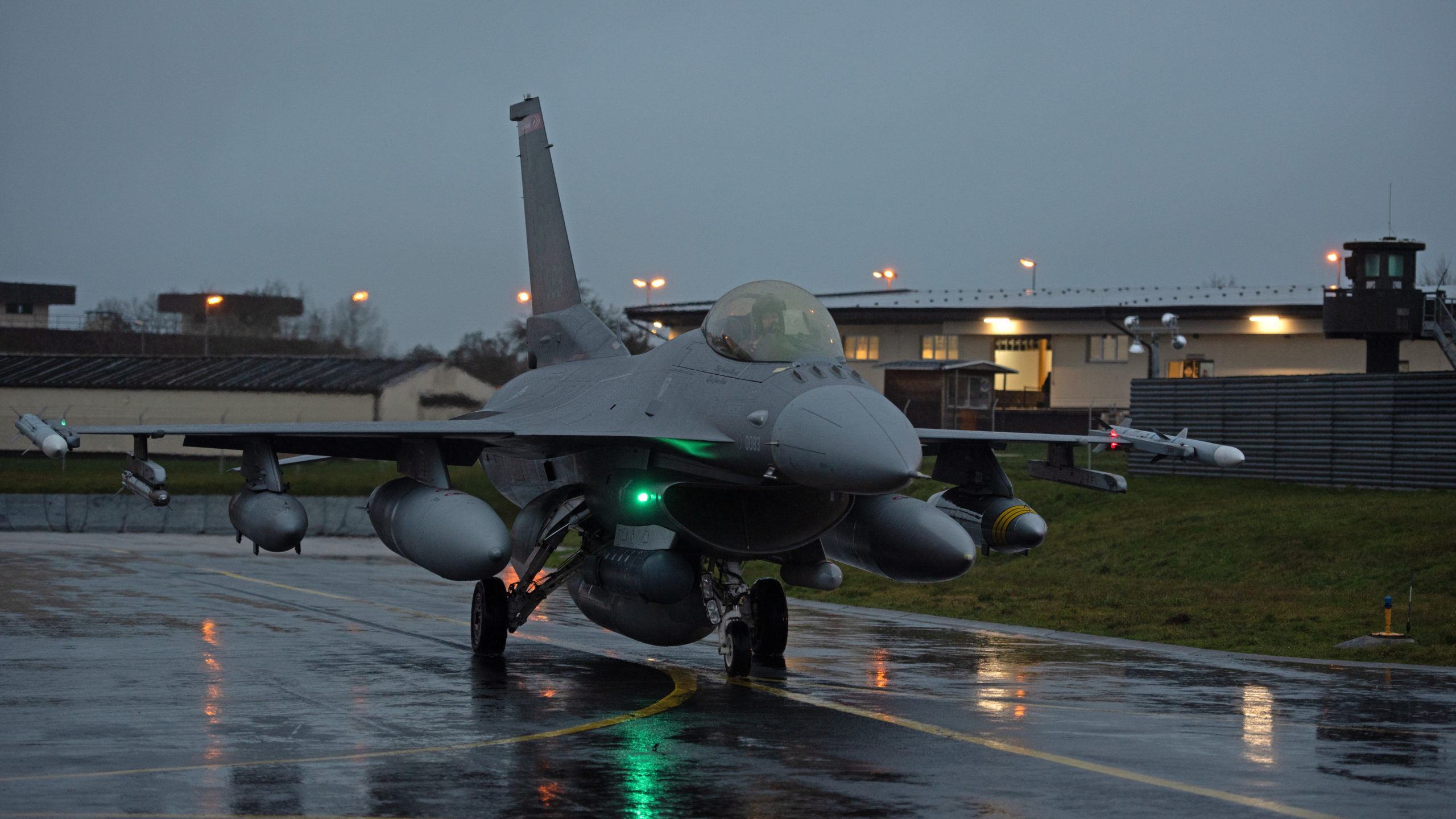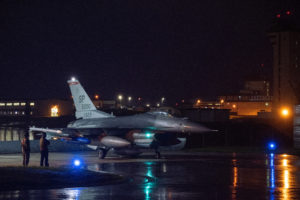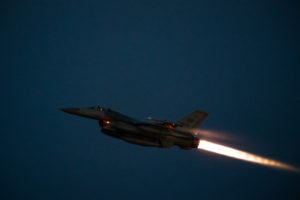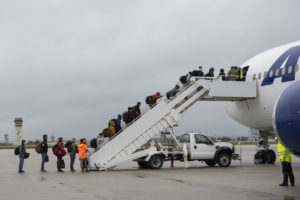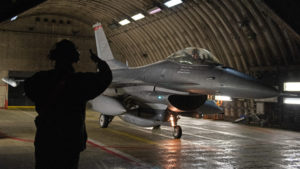Although an interim munitions roadmap is informing the Air Force’s 2024 budget, the roadmap itself is intended to be a living document, rather than a single “artifact” that will be set and followed, the service’s weapons chief said in a recent interview.
The roadmap will primarily focus on the next five years with an eye farther down the road, and the future of Air Force weaponry may very well be modular, Brig. Gen. Jason Bartolomei, PEO for weapons and head of USAF’s armament directorate, told Air & Space Forces Magazine.
Bartolomei said Secretary Frank Kendall made him co-chair of the roadmap effort, called the Munitions Crosscutting Operational Enabler, or COE, last fall.
“I really think that the roadmapping process is helping to inform … the important budget decisions that are being made,” Bartolomei said. “But I think that the actual artifact of the roadmap is going to be a little bit fleeting, because we live in a dynamic environment and things are changing … more frequently than I think anyone … is comfortable with.”
He declined to say whether an unclassified version of the roadmap will be available, given that the document will be in constant flux.
The effort is “really integrating and knitting together, very deliberately, the operations and the acquisition teams,” Bartolomei said. It is focused “on what weapons we think we need … over the next five years,” he added, with a view for long term as well, but “the future is less clear, the further out you go,” he said. “That’s why we’re really more focused on the near-term.”
Kendall has called out the need for Air Force roadmaps in airlift, electronic warfare, and munitions, as “cross-cutting” capabilities that underwrite his seven “operational imperatives.”
The weapons COE team “includes folks from the operational community, the intelligence community, the acquisition community, and the S&T (science and technology) communities,” Bartolomei said.
The goal is not so much “an artifact … or a one-time thing” but a “mission partnership” that will be enduring and assess munitions needs from a whole-of-Air Force perspective, he noted.
“We’re really building it in a way to where we’re able to refresh and learn as new information comes over time,” Bartolomei said.
The group aims to invest in “the right capabilities for the different mission sets that we see emerging,” he said, but also “in the right quantities. And so, this is obviously one part of the conversation is clearly on the military side of the equation, but this is also a discussion with our industrial partners.”
Asked if the future of Air Force weaponry will tend more toward munitions tailored to unique target sets or generic, mix-and-match components adaptable to a wide variety of targets, Bartolomei said there is “a lot of value” in the latter approach.
Thanks to open systems architecture and modularity, the Air Force no longer has to limit itself to “an all-up round” in every case.
“What we’re seeing with these weapons is … that there’s a lot of value in thinking about those weapons and the subsystems that make that weapon,” he said. The roadmap leaders have been “really clear with industry that we’d like to partner with them to be a little bit more focused on how we’re partitioning the technical subsystems in the system; how we’re thinking about the interfaces.”
Industry technologists have forecast that future weapons may be a mix-and-match arrangement of seeker heads, warheads or “effects generators,” and propulsion modules that can be selected for their combined properties. Modularity might also reduce production costs but would require a new kind of systems integration to ensure all the pieces work together as intended.
“I see the systems being more open and more modular.” Bartolomei said. “It’s an instance where you could see … both of those properties in our future weapons, both weapons that are niche, and you can see the upshot for our ability to produce.”
William LaPlante, head of acquisition and sustainment for the Pentagon, has in recent months pointed to Russia’s ongoing invasion of Ukraine as an example of why the industrial base must be in production with preferred munitions, so that their deployment can be accelerated at need. Too often, weapons are produced in waves, leading to economic inefficiency in buying materials and long-lead items.
LaPlante has also said that components for modern munitions should be interchangeable and produced in multiple partner nations, to both help with surge capability and to guard against bottlenecks and single points of failure, such as a particular factory or vendor suddenly shutting down. Such topics have been discussed in the last few months at Ukraine Contact Group and National Armaments Directors meetings.
Asked if the munitions roadmap enterprise is taking foreign partners into account, Bartolomei said “we’re interested in making sure that we can include involved our fellow service partners and our coalition partners, in how we’re thinking about weapons writ large.” That is “a really large task,” he said, but the group hopes to obtain “a comprehensive understanding of where we stand with weapons that includes the Air Force, our coalition partners, and certainly, the Navy.”
